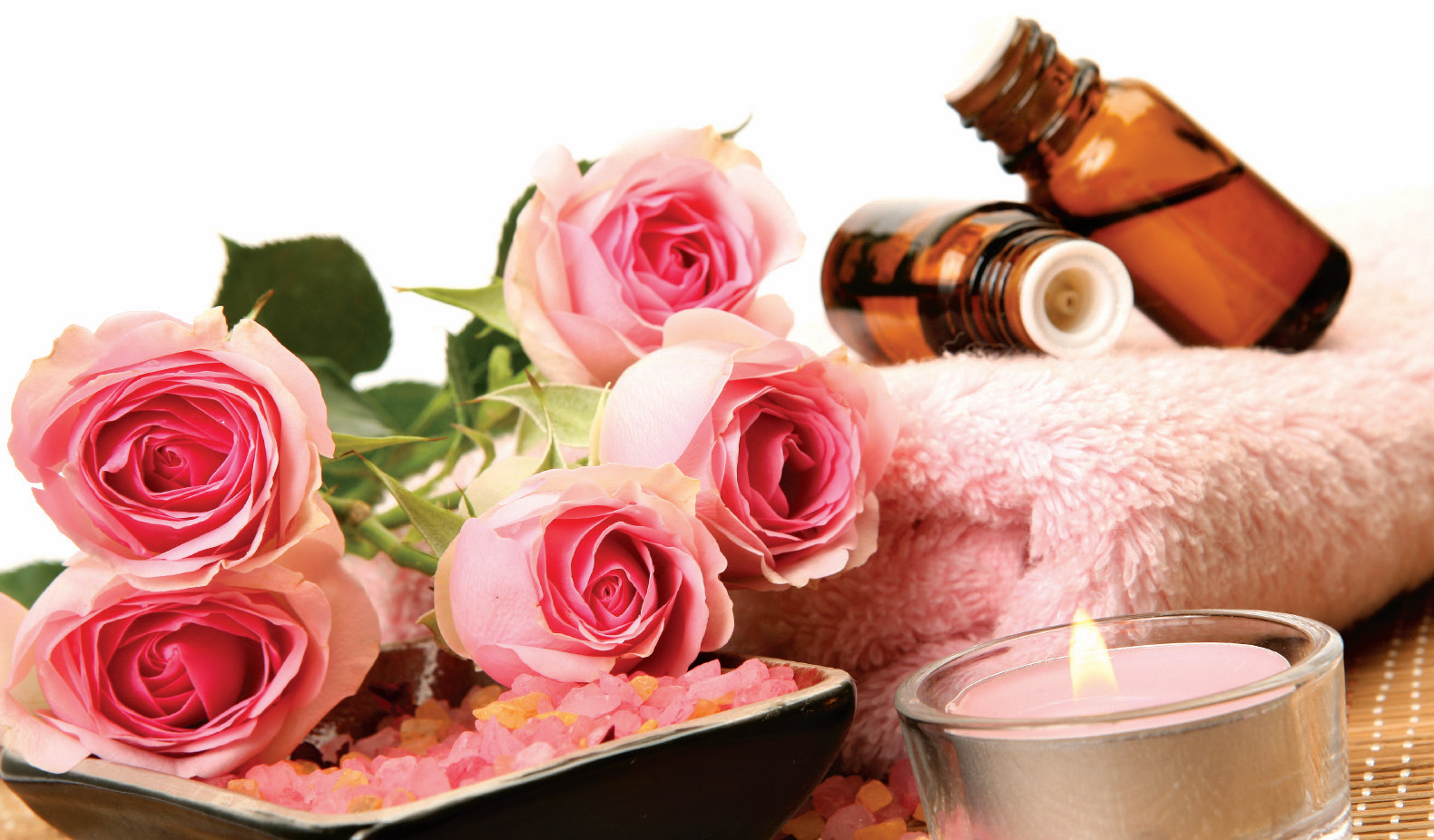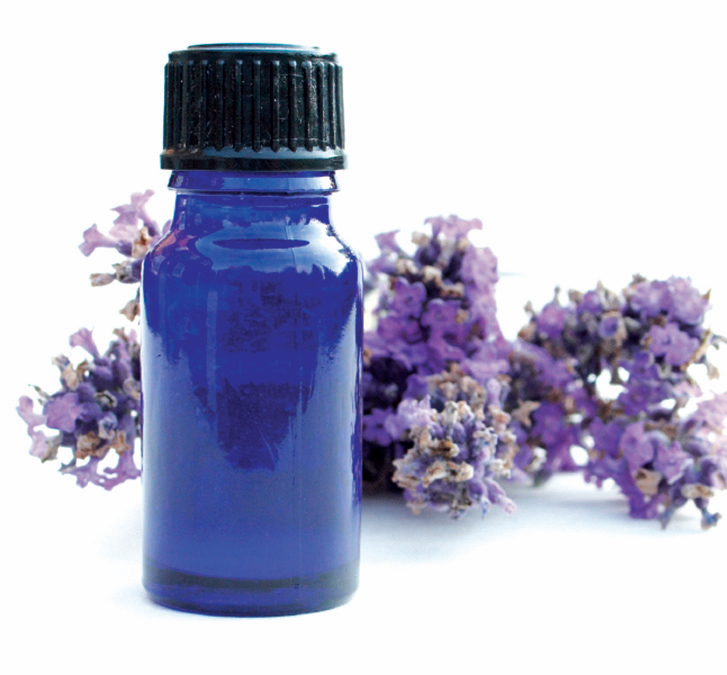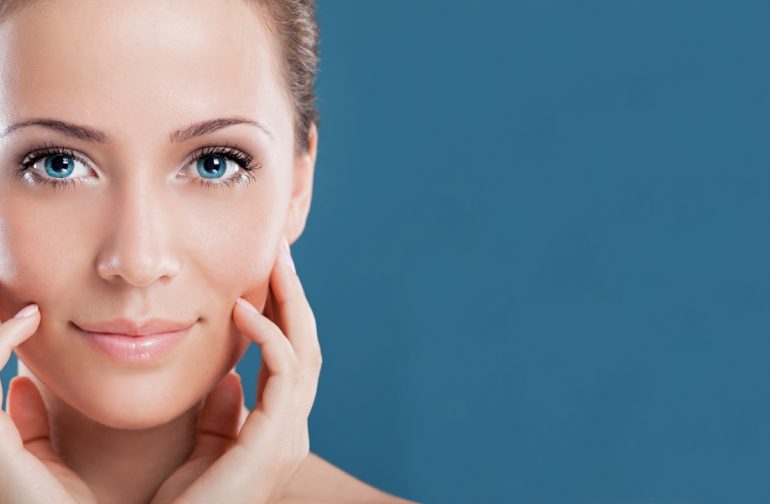Skin sensitivity is on the rise and I think that’s due in no small part to the prevalence of synthetics in our environment, personal care products, and food. We’re bombarded daily with artificial fragrances, colors and preservatives, pollutants in the air and water, and man-made fertilizers, pesticides and herbicides that are applied to lawns and used on non-organic commercial farms. So it comes as no surprise that people are opting to use products like cbda oil, to minimise issues relating to sensitive skin, such as redness. These foreign ingredients are not bio-compatible with our bodies and can wreak havoc with our immune system and general health, ultimately leading to skin that tends to be sensitive and over reactive.
Additionally, in late fall and winter, when the air indoors tends to be ultra-dry and the outdoor environment can be harsh, windy and cold, sensitive skin screams for extra care and pampering. This time of year can be hard on skin as it promotes dehydration, itchiness, flakiness and general discomfort. Perfect skin is an almost impossible task to attain, especially through the Winter months, but there are certain ways that can be more effective than others.
Here’s one basic, scientific anatomical fact that you need to know about your skin: it eats – or more accurately, absorbs. The official term for the process of absorption of substances via the skin is transdermic penetration. All topically-applied substances can either penetrate the skin through its thousands of tiny pores or at least affect the skin’s surface. To what degree depends on the particular substance, molecular size of the ingredient(s), temperature, and the condition of the skin at the time of contact.
If you’re having a hard time believing that your skin can actually absorb some of the ingredients from your favorite skin care products, then you have only to think of three popular drugs that are transported into the bloodstream via a topically applied patch: nicotine used for cessation of smoking, nitroglycerin for angina pectoris, and hormones for birth control. So, if potentially irritating or harmful chemicals can be absorbed by your skin, then so can highly beneficial natural ingredients, which can promote beauty and wellness.
As a licensed holistic esthetician, herbalist, and author of many books on natural skin and body care, and topical herbal medicine, I am frequently asked about how to care for sensitive skin (or any skin type, for that matter).
The answer is simple, really. Whatever you apply to your skin should contain pure, organic plant ingredients exclusively, with the exception of beeswax (unless you are vegan) – no synthetic substances, no known carcinogens, no chemical additives, no dyes or artificial fragrances, no preservatives, and no mineral oil. The products should nurture, soothe and heal the skin, not dry it out or irritate it, and the ingredients should be appropriate for your skin type. Plus, your diet should consist only of those foods that are pure and whole, the way nature intended for them to be consumed, not genetically-modified, artificial, or processed. Eliminate all foods that provoke redness, acne, or rashes upon your skin as this is an inflammatory reaction from a food sensitivity or allergy. Personally, I recommend that everyone give up all food containing wheat, whole or processed, and pasteurized milk – as they are common allergens that often provoke systemic inflammation. That’s it in a nutshell.
Homemade, natural preparations for cleansing, exfoliating, and moisturizing the skin primarily contain plant-derived base oils and butters, essential oils, grains, seeds, clay, and herbs. They are simple to make and have a long shelf life, needing no added preservatives.
The following is an outline of a few of my basic care formulations that will ensure that your skin is well nourished, hydrated, and balanced. You’ll find something suitable for every skin type, and all can be used by sensitive skin. Ingredients are available from better health food stores or online suppliers. Word to the wise, if you choose to purchase commercially-prepared skin care products rather than make your own formulas, keep this rule in mind: Always read the label. If you cannot eat the majority of ingredients (essential oils being the exception) that are in the container, do not apply that product to your skin.

Recipes
Cleanse and exfoliate
This makes an effective cleanser and gentle exfoliant that removes all makeup, except eye makeup. Customize this formulation to suit your skin type.
Ingredients:
– Two teaspoons almond flour (for normal-to-dry skin), or oat flour (for all skin types), or chick pea flour (for oily-to-normal skin)
– One teaspoon water
Directions:
In a tiny bowl, such as a custard cup, or in the palm of your hand, combine the ingredients together until a spreadable paste forms. Apply to damp skin, including face, throat, and chest. Massage, using gentle circular motions, for one minute. Rinse with warm water. Pat dry. Use every evening before retiring.
Special Eye Makeup Remover Tip: Simply apply a few drops of jojoba oil to closed eyes, ever-so-gently massage to loosen makeup, then wipe away with a soft, damp cloth or tissue and pat area dry. Waterproof makeup requires mineral oil or a specially formulated product to dissolve it. Jojoba oil will not do the trick, sorry.
Hydrate
The important process of naturally hydrating or adding essential moisture to your skin is super easy, no real recipe needed. You can either mist your clean skin using a gentle aromatic herbal hydrosol, such as lavender, rose, neroli, calendula, chamomile, or rose geranium, which are balancing for all skin types, apply pure aloe vera juice or gel to your face, throat and chest using a cotton ball/ your fingers
The mists are convenient to use and the scents are emotionally balancing. A bottle can be tucked inside your purse or briefcase and used as a hydrating spritzer any time of the day you need extra moisture. Aloe vera is deeply healing and soothing, so if your skin tends to be chapped or highly irritated, this should be your hydration herb of choice. I always keep a bottle of the easily-pourable juice in my refrigerator door. It’s good to have handy as an emergency burn remedy, too.
Moisturize
This is a remarkably simple, effective moisturizer that readily penetrates skin tissue, protecting it from environmental dryness while healing any irritation and speeding skin cell regeneration. Both of the base oils are chemically compatible with your skin’s own sebum. If you’ve got oily skin please choose the jojoba oil option. This formula will help seal in valuable hydration, balance oil production, and never fear: it will not clog your pores or leave your skin shiny. If you decide not to try out this formula, you can opt to use the moisture replenishing day cream from Jurlique leaves skin feeling smooth, and moisturised. Whatever way you choose to moisturise your skin, you can’t go wrong with it in all honesty. As long as your skin doesn’t feel tight or dry, then you’re doing something right.
Ingredients:
– One tablespoon jojoba or macadamia nut base oil
– Six drops of one of the following essential oils: lavender, rose geranium, rose, neroli, rosemary (chemotype verbenon) or German chamomile
– Half ounce dark, glass bottle with dropper-top

Directions:
Add all ingredients to the tiny bottle and shake for two minutes. After cleansing, pat skin damp-dry, then massage a few drops of this oil blend, using upward strokes, into face, throat, and chest. Do this twice daily. Allow five minutes for it to completely penetrate before putting on makeup. Store bottle in a dark, cool cabinet.
Special Body Care Tip: I like to make a larger bottle of this formula using one cup of jojoba oil, though macadamia or almond oil also work well, plus add a combination of 32 drops each of rose geranium and lavender essential oils. If you enjoy an aroma that is more warming, use a combination of cardamom and ginger essential oils. Sixty-four drops of the rosemary oil will result in a more stimulating blend. I use this blend as a moisturizing body oil in place of standard lotions, creams, or body butters. After showering, I simply pat my skin almost dry, then massage a generous portion over my entire body. Allow ten minutes for it to completely soak in. If there’s an oily residue, you’ve used too much, so use less next time.
 Stephanie L. Tourles is a licensed holistic esthetician, certified aromatherapist, and gardener with training in Western and Ayurvedic herbalism. She is the author of eight books, including Hands-On Healing Remedies, Organic Body Care Recipes, Raw Energy, Naturally Healthy Skin, 365 Ways to Energize Mind, Body & Soul, and Natural Foot Care. She lives in Orland, Maine.
Stephanie L. Tourles is a licensed holistic esthetician, certified aromatherapist, and gardener with training in Western and Ayurvedic herbalism. She is the author of eight books, including Hands-On Healing Remedies, Organic Body Care Recipes, Raw Energy, Naturally Healthy Skin, 365 Ways to Energize Mind, Body & Soul, and Natural Foot Care. She lives in Orland, Maine.







